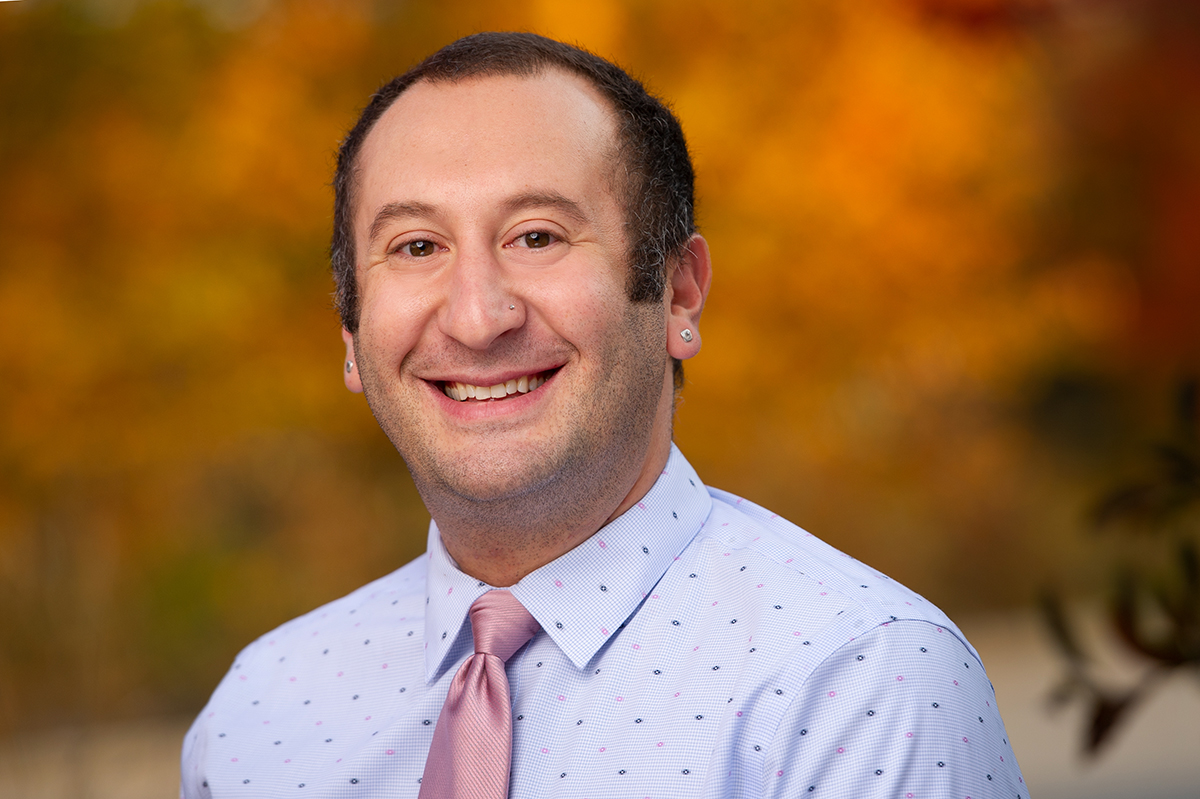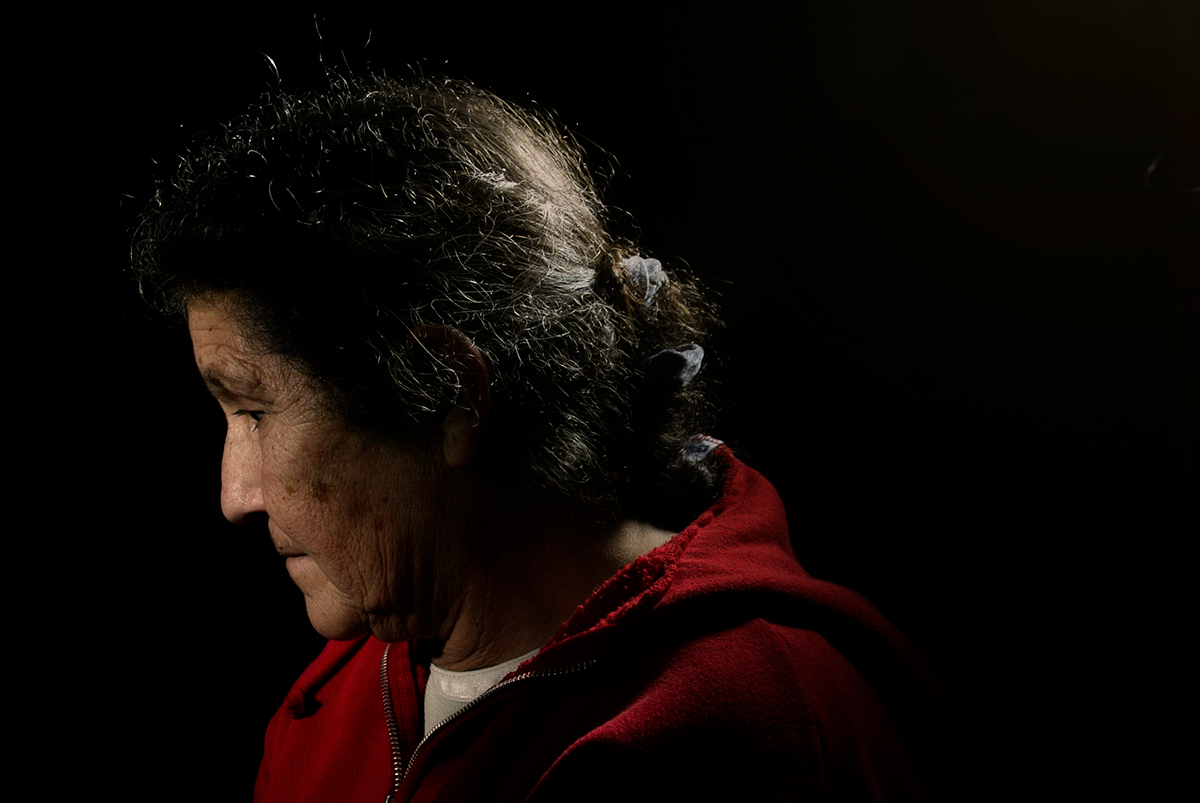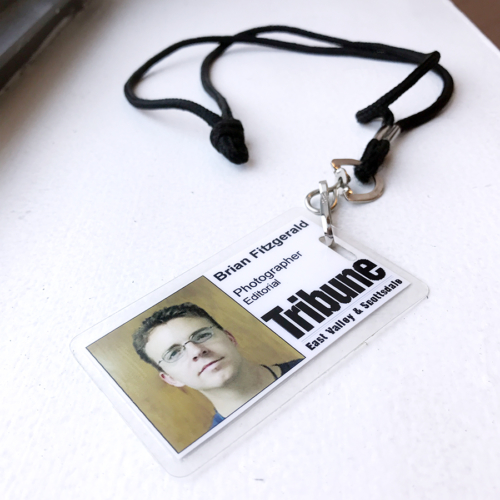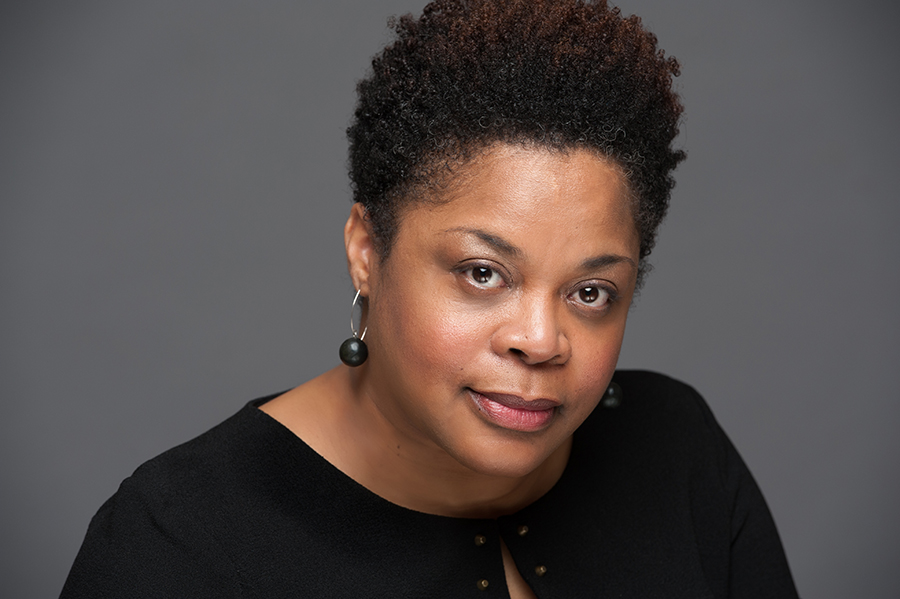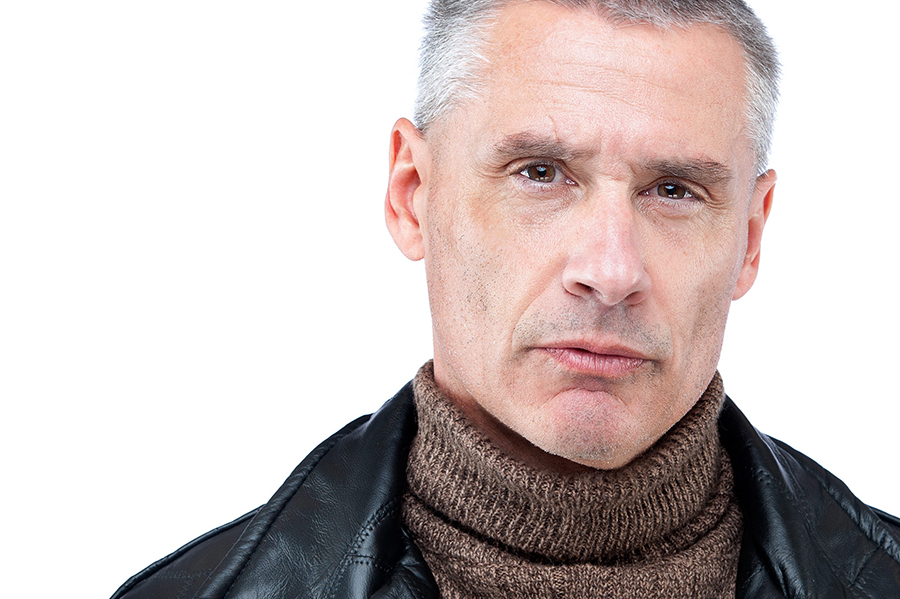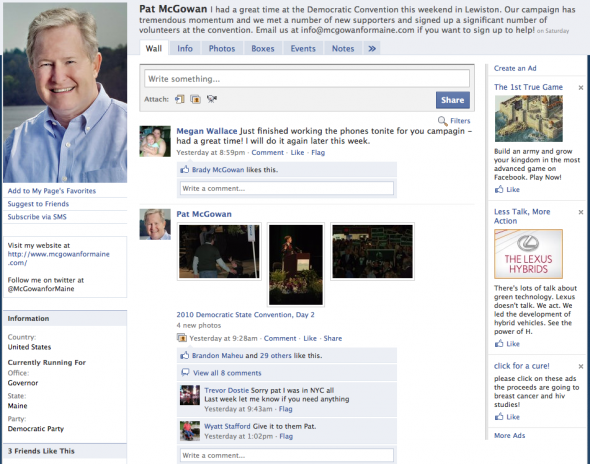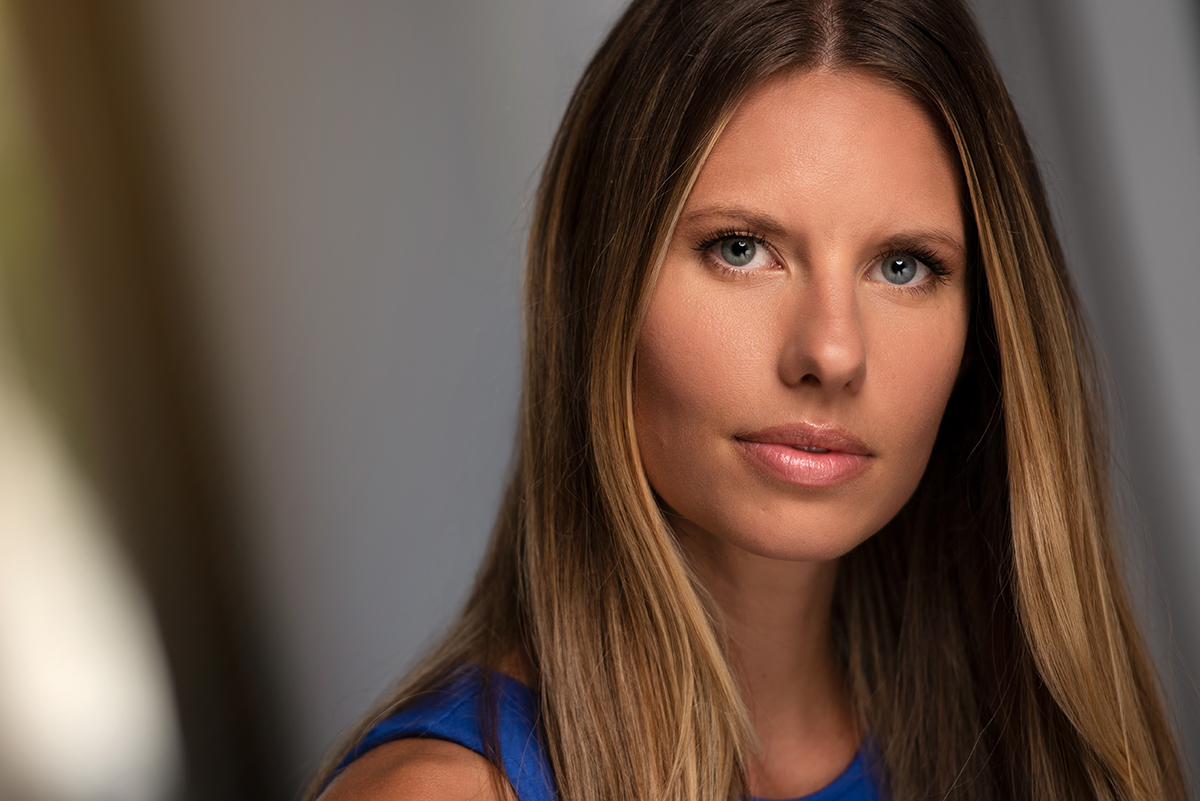
I love creating environmental portraits. That’s good, because I make an awful lot of these as a commercial photographer.
One challenge when doing such location portraits is that the benefit—the environment, which can offer very cool, very visually striking contextual cues—can also be a severe liability. Imagine showing up to a shoot to find you are limited to shooting portraits inside a tiny conference room with orange walls, or in the middle of summer using an interior of a steel shipping container (both are recent examples).
So what do you do when the environment detracts from, instead of adds to, your portraits?
I opt to shoot portraits with very shallow depth of field, in order to throw my distracting backgrounds out of focus. Then I carefully add in lights to create depth and color as needed. Given the time of day or the situation, this may require using ND (neutral density) filters or high-speed sync to achieve this look, but it’s worth the extra effort.
The results are tack-sharp portraits that pop from the soft background, minimizing the things I don’t want while giving a sort of cinematic feel that I love.


